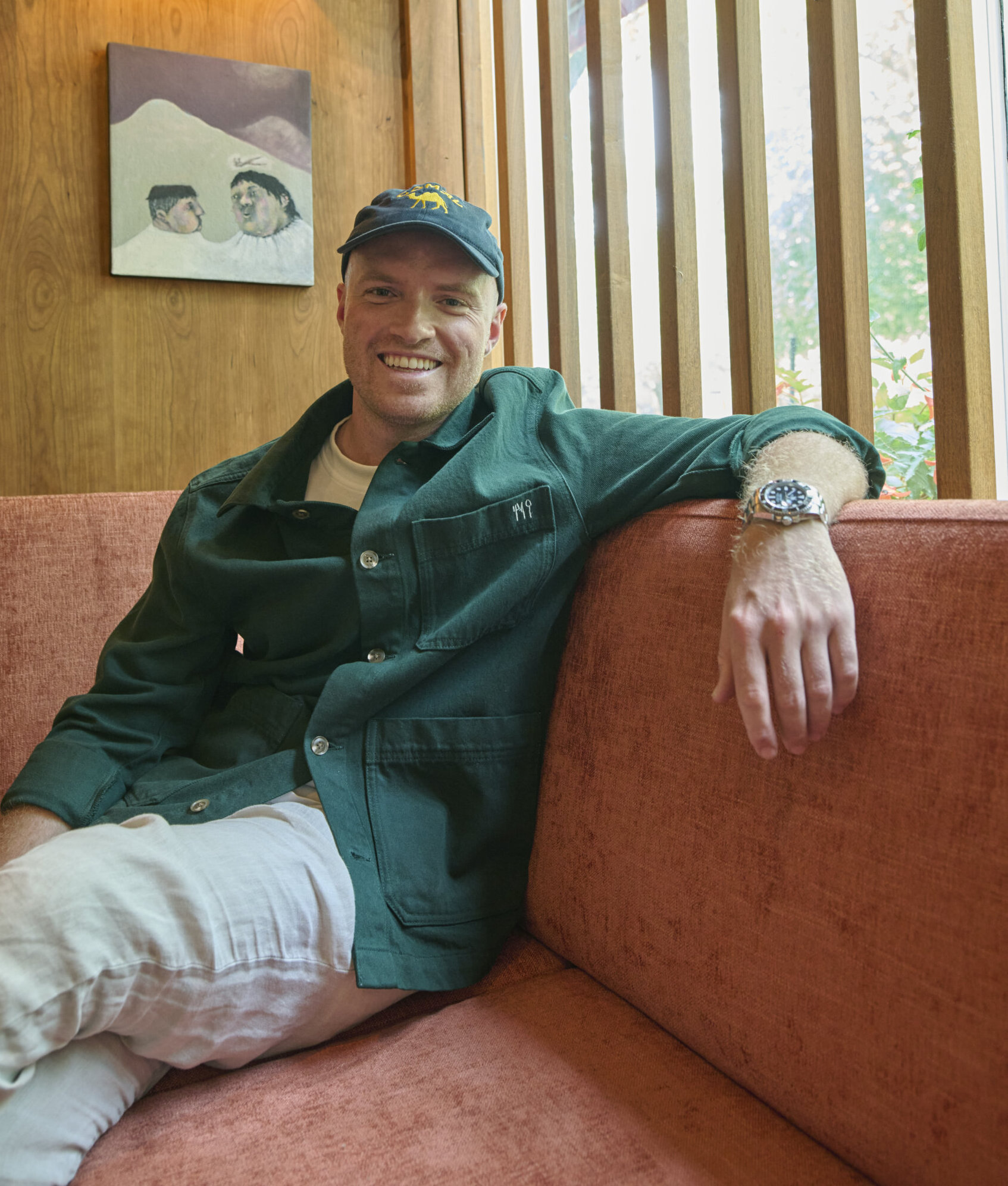
Gaz Herbert has cooked everywhere from London’s River Café to the Upper East Side’s Casa Cruz. But after years spent cutting his teeth in other people’s kitchens, he landed on Forsyth Street (in Flynn McGarry’s former Gem Wine space) in June with his very own restaurant: Comal.
In the new Lower East Side haunt, the chef, who grew up just outside of Mexico City until his family moved to Colombia when he was 5, has concocted a menu that’s as intimate as it is ambitious. It’s not Mexican, but it’s not not Mexican either, and that’s exactly the point. There’s masa stuffed into chicken wings, Korean rice cooked jollof-style, and mussels with corn custard.
“We’re working with Mexican ingredients, but also using techniques and influences from Korea, Japan, France, Spain, and Italy,” Herbert tells CULTURED. “It’s not traditional, and it’s not trying to be. My head chef and I both wanted the freedom to build dishes from instinct and not just heritage. The result is food that tastes familiar, that sparks memory, but isn’t something you’ve had before.” The precision of the plates is complemented by a tightly conceived interior, courtesy of design studio La Metropolitana, who have left their mark on CDMX’s most storied addresses (Contramar and Rosetta, among them), and Elena Martinoni.
As the buzz that’s built up around Comal translates into a steady flow of curious New Yorkers, CULTURED caught up with Herbert to talk about “fusion” food, what he’s cooking up for family meal, and why fine dining desperately needs more spice.
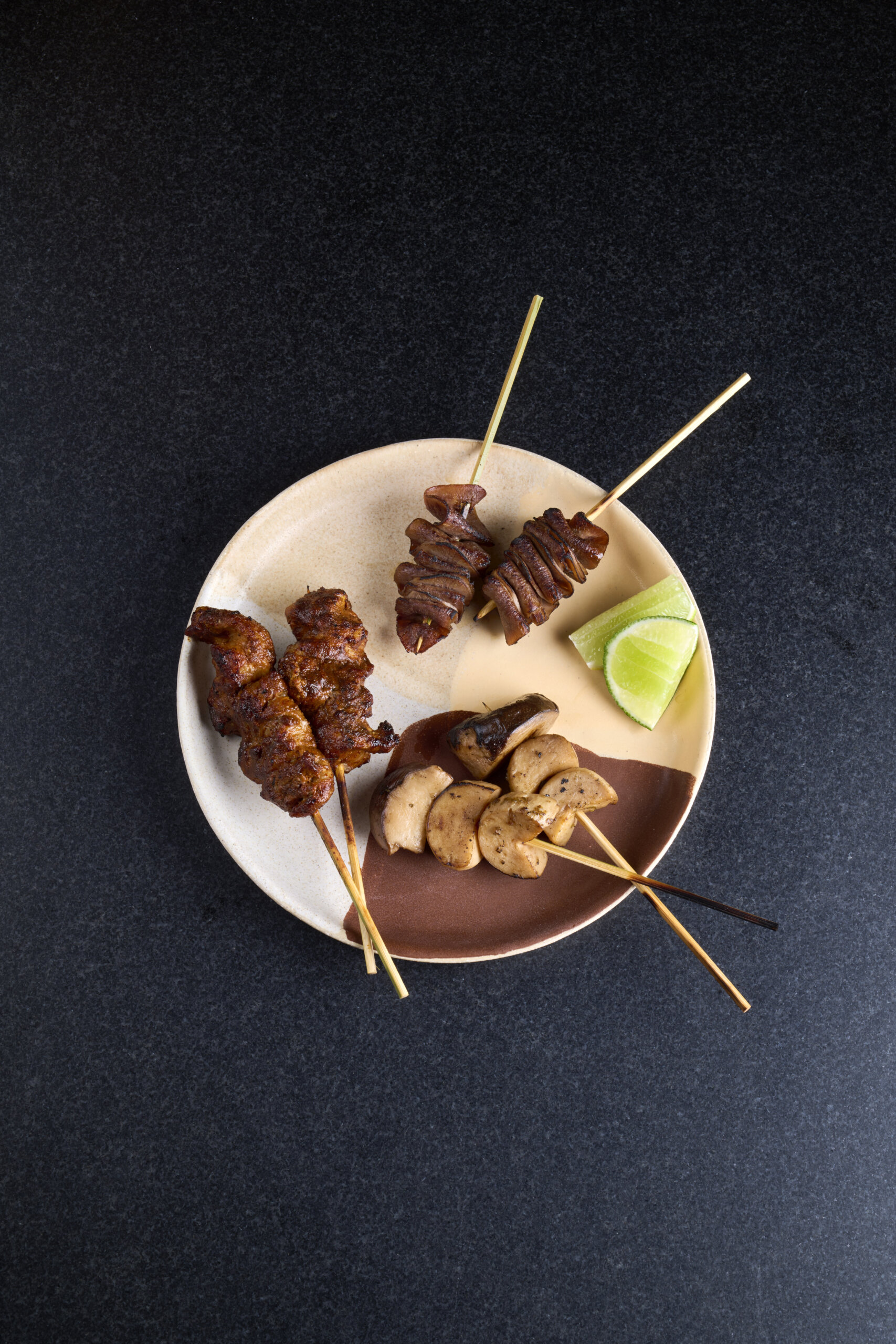
Where are you, and what’s in your system?
I’m at Comal, as usual. Living four blocks away makes for a pleasant walk to work each day. This morning, I grabbed a celery juice, made myself an oat cappuccino, and had a bite of a bacon, egg, and cheese.
What did your relationship to food look like growing up?
It was always there. I was born in Mexico City, and we always had people cooking at the house. My dad loved making Indian food—we’d cook curries together. I was always on a little stool in the kitchen, stirring a pot.
I was fascinated by the process. It was sound, it was heat, it was smell—all of the senses. I’ve always loved the idea that you do all these small jobs, and then it becomes something you get to enjoy and share. My mum still has these boxes full of recipes I was writing at age 3 or 4. I never wanted to be an astronaut or a firefighter; I just wanted to cook.
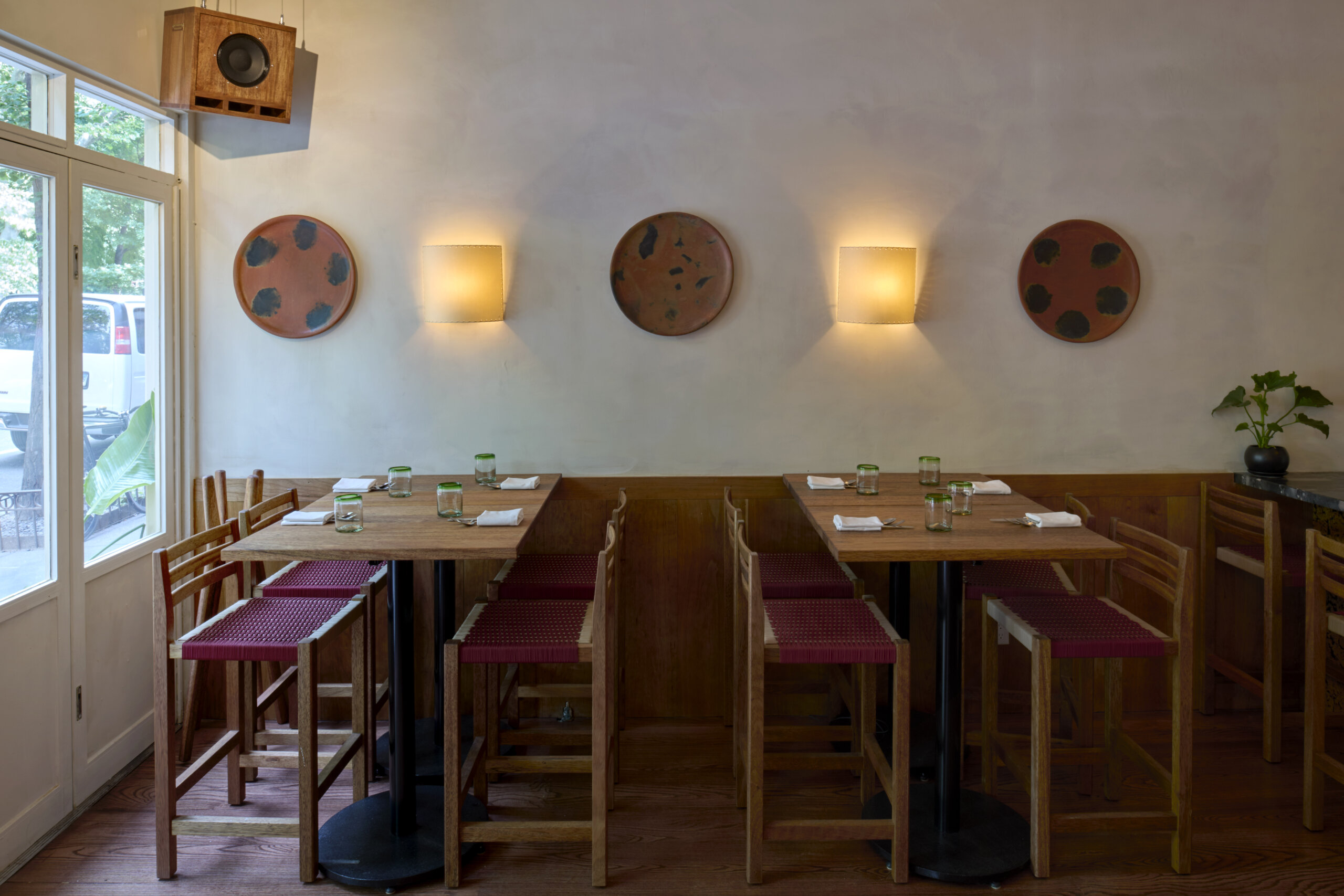
Can you tell me about your upbringing in Cuernavaca?
My mum didn’t want us growing up in the chaos of Mexico City, so we moved to Cuernavaca. It’s like something out of a Márquez novel. It’s called the City of Eternal Spring, everything is always in bloom.
We left [Mexico City] when I was 5, then lived in Colombia, then the U.K. But Mexico always stayed with me. I started going back alone in my teens. When I was 18, I spent six months there and got my Mexican passport renewed—my last one was a baby photo with both my parents’ hands holding my head straight. Even without my blood family there, it felt like home. I spoke Spanish before I spoke English—I just forgot it for a bit. But going back at 18, it all started coming back.
The idea of Comal started while you were working at Ikoyi in London?
Yes. My background was all over the place—Mexican, Colombian, and Indian influences growing up, then training classically in French food. At River Café, I learned everything about Italian food. Then at Ikoyi, Jeremy Chan had this totally different approach. He didn’t come up through kitchens like I did, so he didn’t have that rigidity. He’d just deconstruct something completely and rebuild it in this playful way. That really unlocked something for me. I started thinking about what would happen if I took this approach to Mexican ingredients. Not to recreate the food I grew up with, but to work with it differently. One thing I always felt was missing in fine dining was spice. It’s a whole sensory experience that often gets overlooked. Mexico has this incredible repertoire of ingredients, and it felt like the perfect place to apply that same, flavor-first mindset we had at Ikoyi.
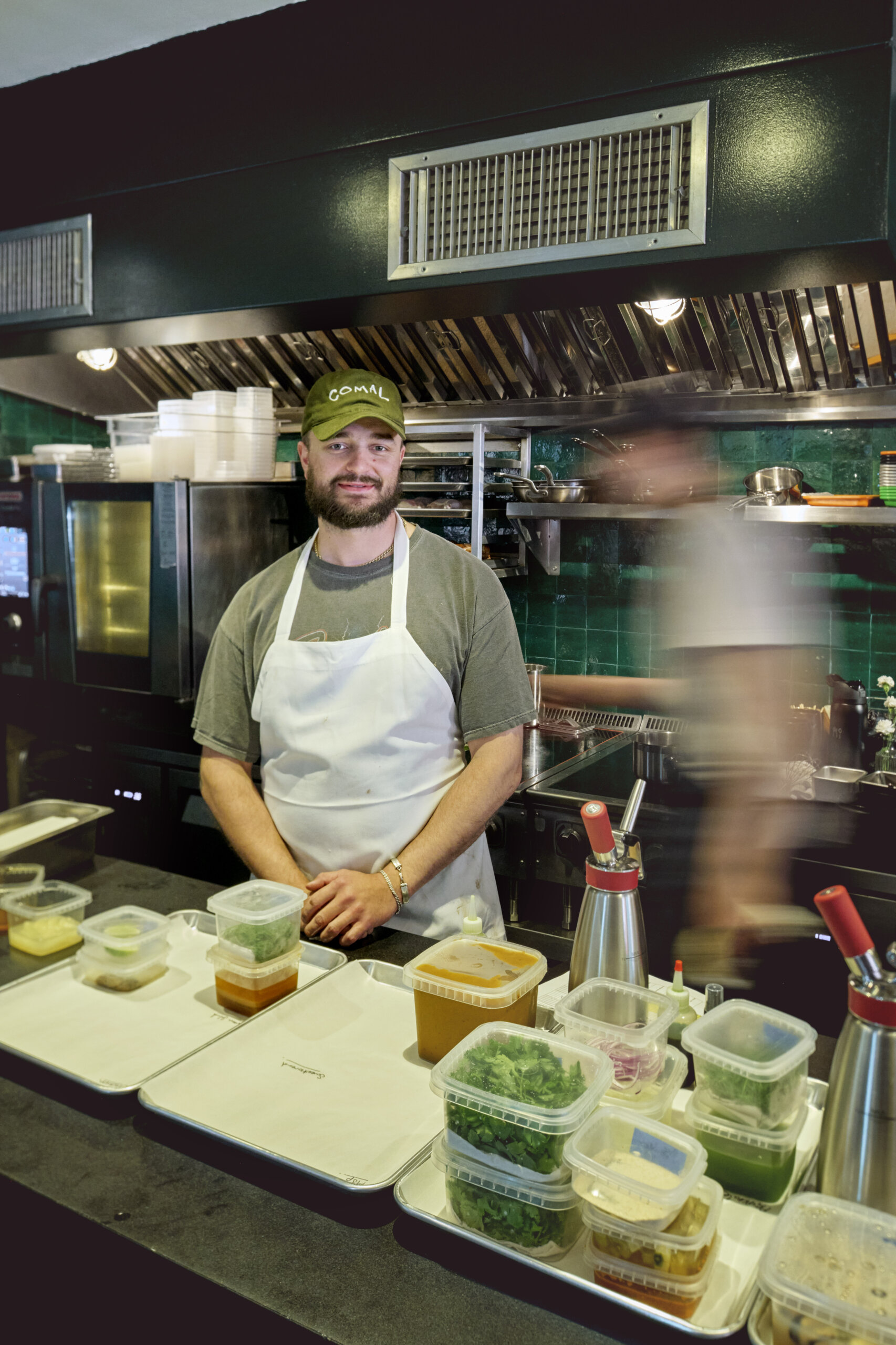
You’ve said Comal isn’t trying to be a Mexican restaurant, and you’re not really into the word “fusion” either. So what is it?
That word, fusion, makes most chefs cringe. It became this early 2000s trend where people just smashed Asian flavors into European food. It felt gimmicky. But if we’re being technical, Comal is fusion. Just like Ikoyi is West African-inspired, this is a loose interpretation. Or maybe not even an interpretation, more like an objective approach to flavor.
From day one, we knew people would pigeonhole us into being a Mexican restaurant. And that’s fine, we’re not denying it, but we also don’t want to be boxed in. This is New York. You walk a single block and hear twelve different languages. Cultures blend here every day harmoniously, and I want the food to feel like that.
Let’s talk about what’s on the plate.
My head chef Scott McKay and I came up with a half chicken that I’m really proud of. It’s smoked and grilled so it has that BBQ flavor, but the wing is deboned and stuffed with masa. It’s kind of like an inverse tamale. Normally, you’ve got the masa outside and the filling inside. Here, it looks like a wing, but the taste is instantly familiar if you know Mexican food.
We’re serving it with some of our hot sauces, and then there are sides like tortillas, guacamole, and this arroz rojo made with Korean rice; a little nod to jollof and Mexican tomato rice. So if you’re Mexican, it’ll taste like an amazing arroz rojo, but technically it’s a bit of a mash. That’s the idea.
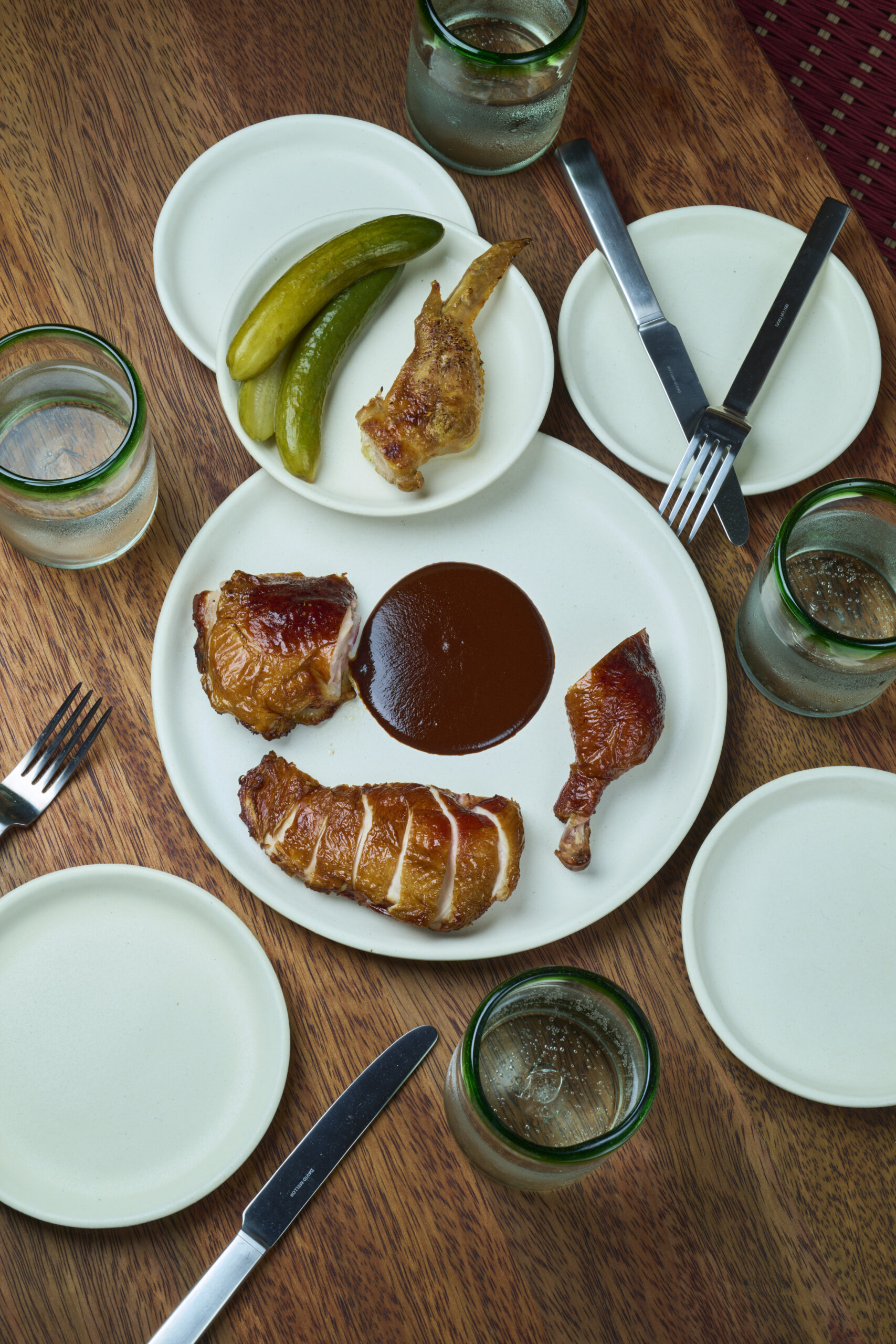
You kept some bones of the old Gem Wine space. How did you make it your own?
I always loved the space. The glass wall at the back reminded me of Mexico City—that was always going to stay. Flynn [McGarry] had already done a lot of great work converting it from Gem to Gem Wine, and the open kitchen was one of the best parts. That setup is rare in New York, so we kept it. At first we thought we’d do some light touch-ups, but we ended up ripping everything out and rebuilding it in our style. For people who knew the space before, it still feels familiar, just cleaner and more modern.
All the furniture was built custom by La Metropolitana, who do interiors for basically every top restaurant in Mexico City: Contramar, Rosetta, all of them. I first saw their work at a hotel I stayed in a few years ago and became obsessed. I asked the front desk who made the furniture, and now we’re their first U.S. client. They’re actually using Comal as a showroom for American projects, which is really exciting.
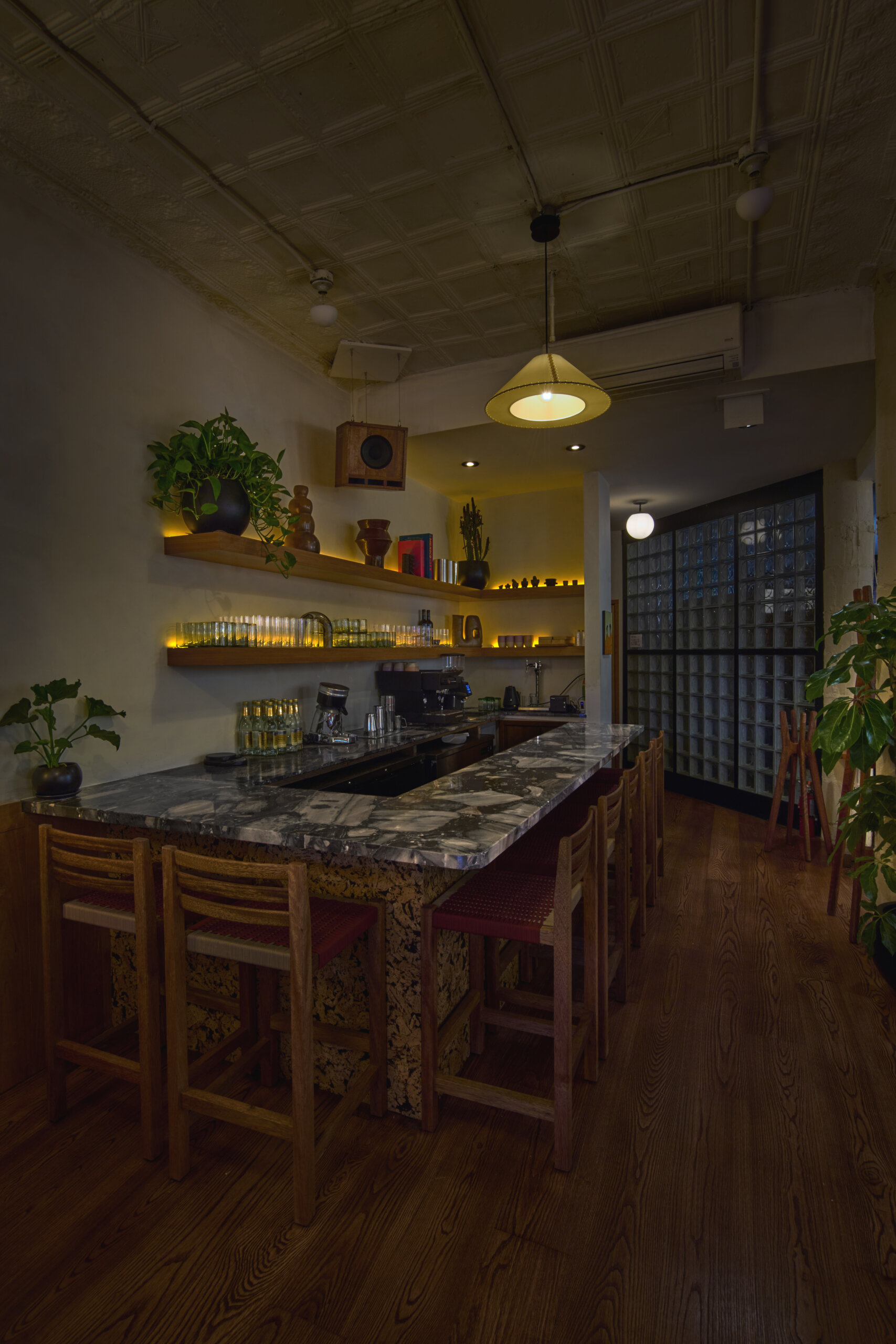
When it’s your turn for family meal, what’s hitting the table?
It’s gonna be some sort of delicious Italian thing, like a caponata.
What dish sums up your life right now?
A monkfish guiso. It’s hot, spicy, a jumble of sorts, and delicious. My life feels a bit like that at the moment.
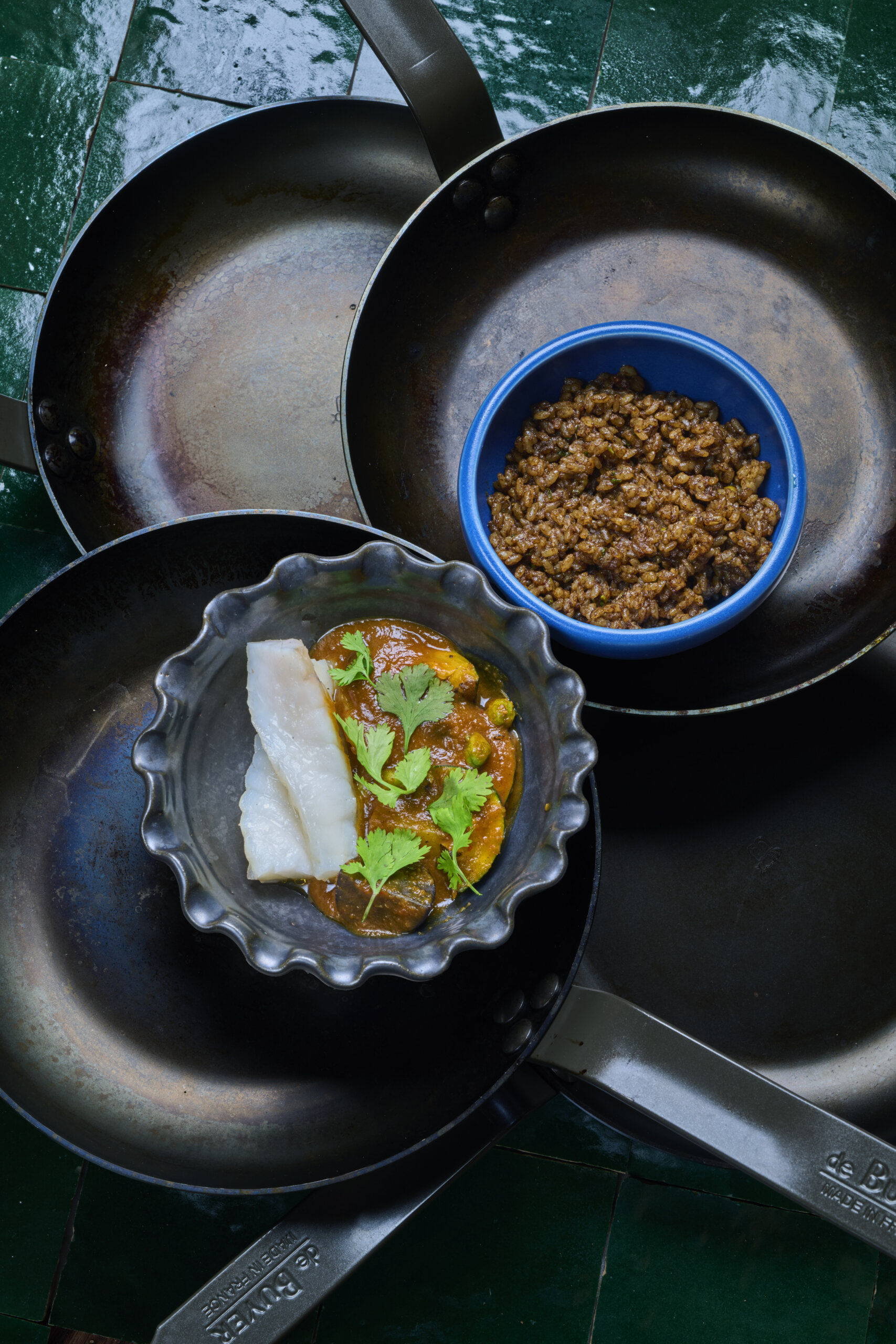
What’s a kitchen etiquette rule that you live by?
Respect. No shouting, no egos. You just talk things through. That’s the kind of place I want to run. I know it’s not everyone’s experience, but I’ve never worked in a bullying kitchen and I don’t plan on starting.
What do you think the food community needs more and less of right now?
More innovation, fewer French restaurants.

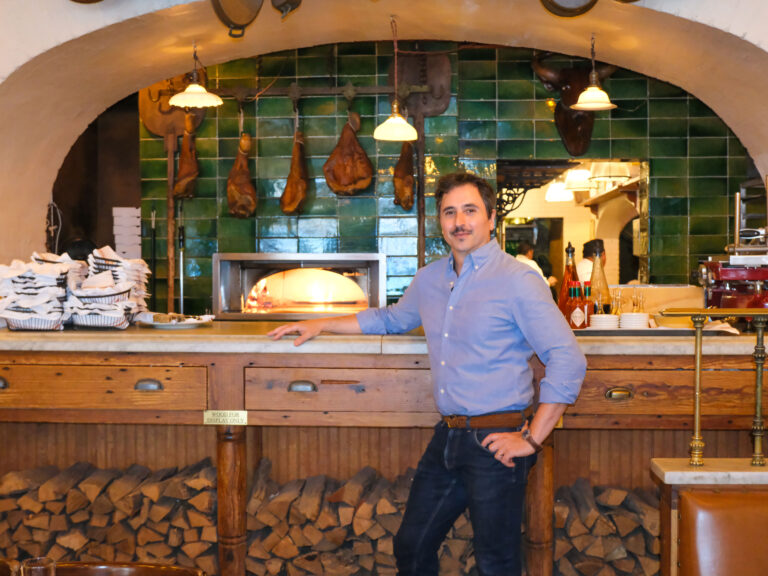

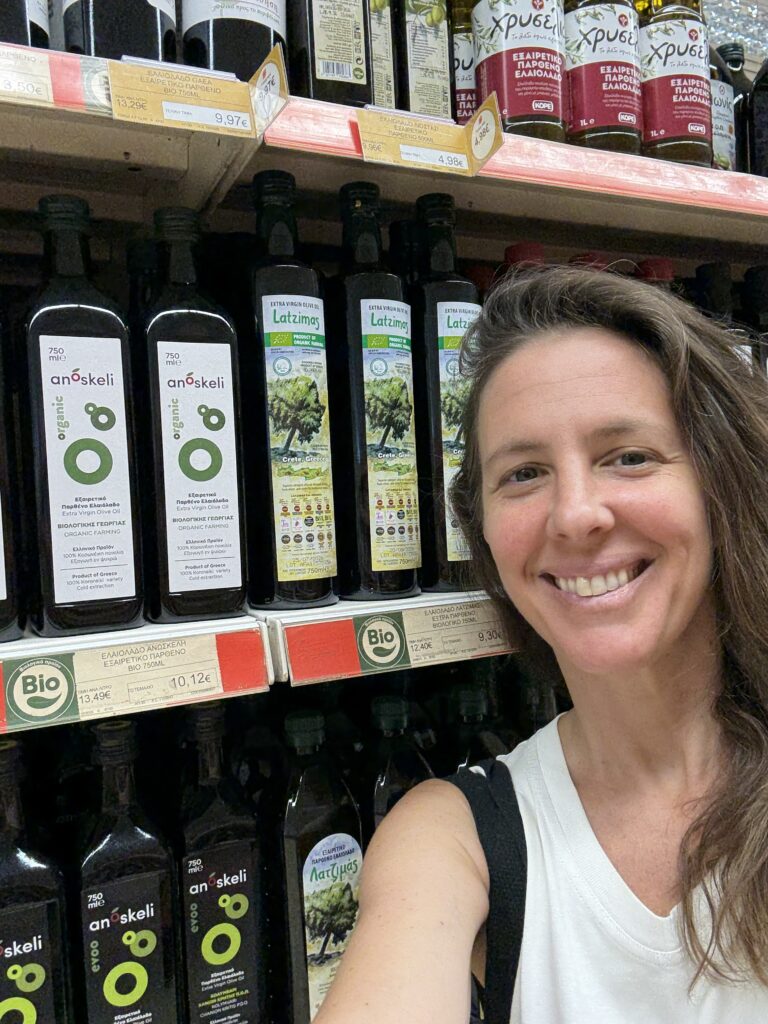
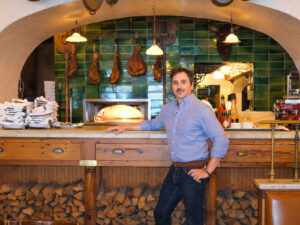

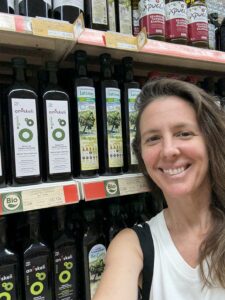



 in your life?
in your life?

